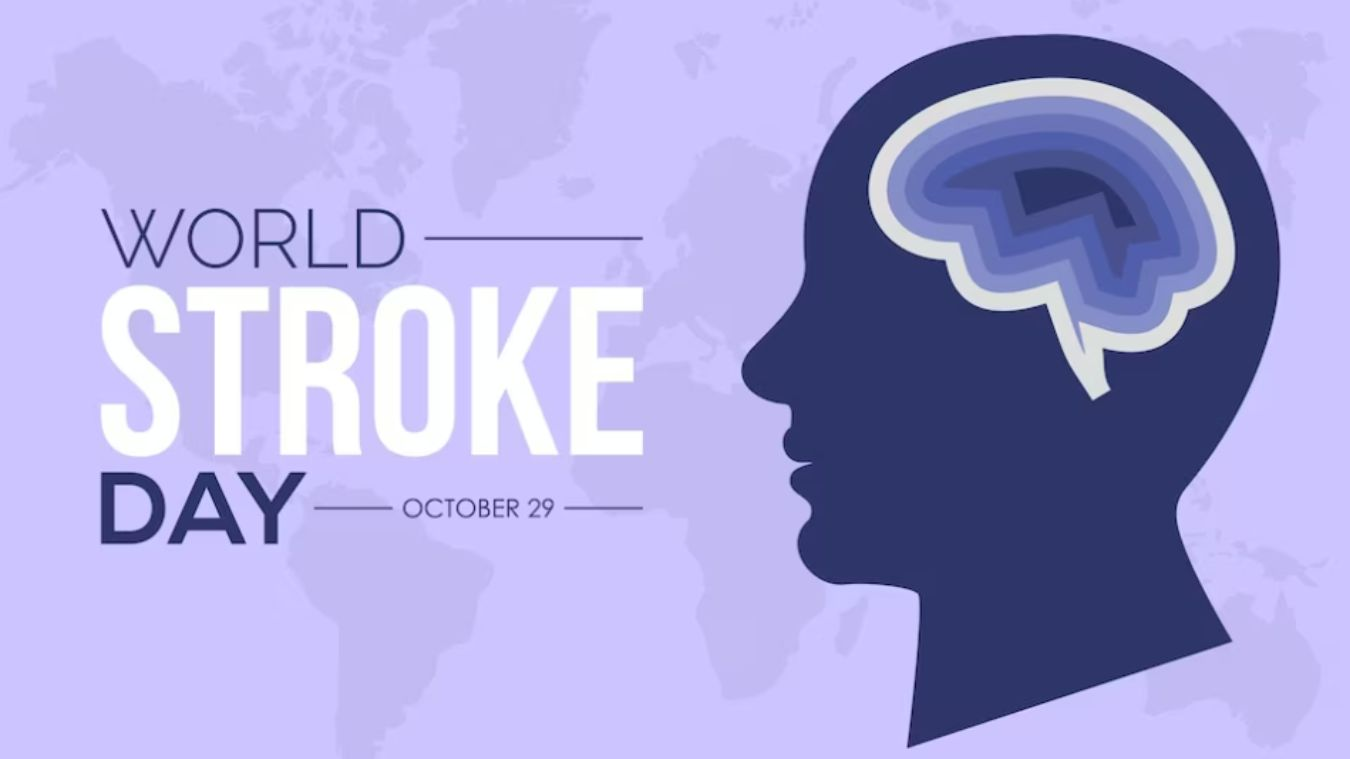Free Courses Sale ends Soon, Get It Now


Free Courses Sale ends Soon, Get It Now



Copyright infringement not intended
Picture Courtesy: Jagran
Context: World Stroke Day, observed annually on October 29th, is a global initiative led by the World Stroke Organization (WSO) and supported by stroke organizations worldwide.
World Stroke Day
|
PRACTICE QUESTION Q. What are the major challenges faced by India in addressing the rising burden of non-communicable diseases (NCDs), and what strategies should be implemented to effectively prevent and manage NCDs in the country? |
© 2024 iasgyan. All right reserved